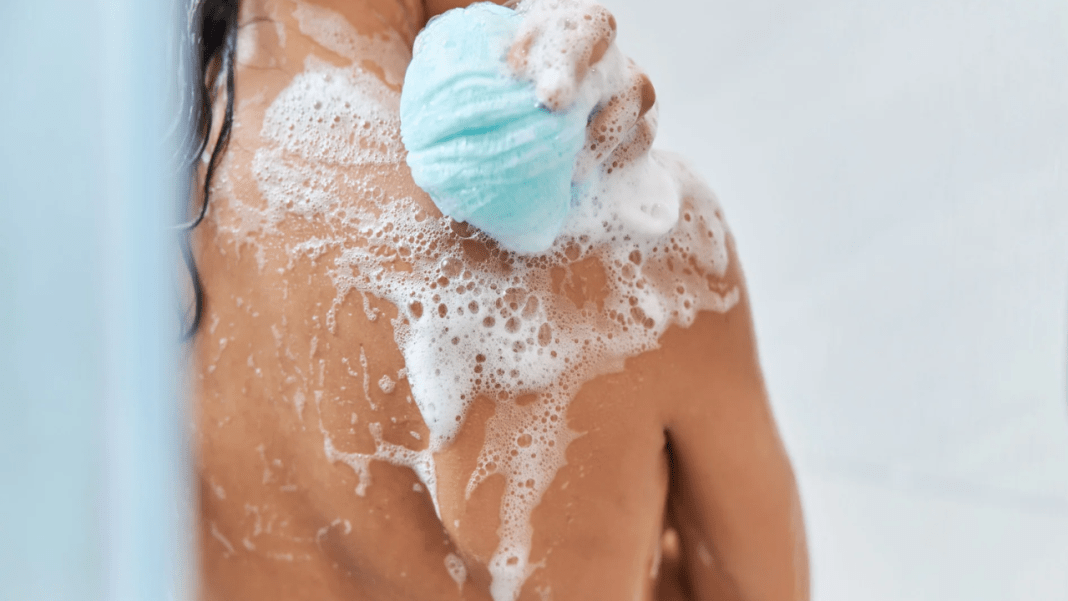Soap Bubbles: When soap is rubbed, it begins to produce white foam. This foam is made up of tiny bubbles that scatter light in different directions, creating the texture we recognize as soap lather. Whether it’s soap for washing clothes, bathing, or dishwashing, the foam formation is a common phenomenon.
The Science Behind Soap Foam
When soap is rubbed, it forms bubbles that come together to create foam. These bubbles scatter sunlight in various directions, which is why soap foam appears white, even though the soap itself might be of different colors. This scattering happens because the light’s reflection is diffused across the soap foam’s surface.
Why Is Soap Foam Always White?
The reason soap foam remains white, no matter the color of the soap, is due to how light interacts with the foam. The light that strikes the bubbles reflects in all directions, and the reflection of different wavelengths of light causes the foam to appear white.
What is Light Reflection?
Light reflection is the process by which light rays hit a surface and bounce back. This happens when light encounters a shiny surface, and the foam in soap behaves like such a reflective surface. The bubbles in soap foam scatter light in all directions, which is why soap foam appears white.
How Soap Foam Cleans Your Body
The bubbles formed by soap play a key role in cleaning the skin. Research shows that the foam helps remove dirt, makeup, oil, dust, bacteria, and other germs from the body. It leaves the skin feeling soft and moisturized, ensuring a thorough cleanse.





